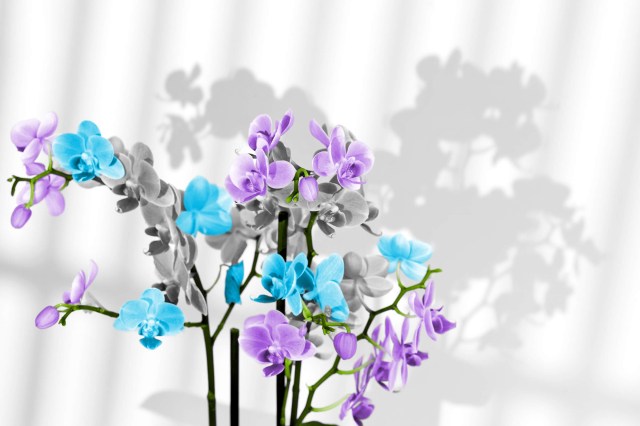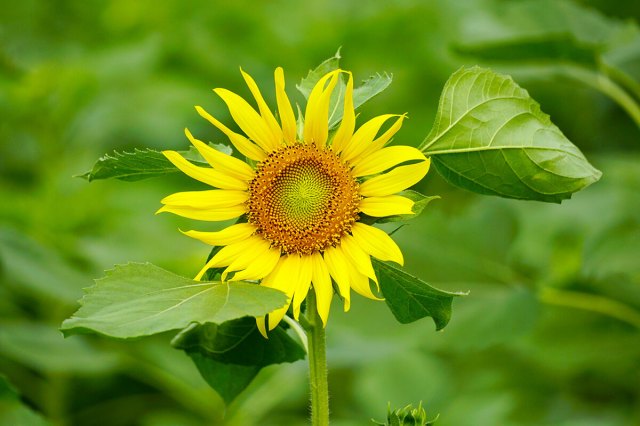
Each Sunflower Is Made Up of Hundreds of Tiny Flowers
When you pick a sunflower, you aren’t just holding one flower — you’re actually holding hundreds of them. This is because a sunflower’s petals are actually “ray flowers,” tiny, individual flowers made up of one or several petals that form a ring around the sunflower’s center, giving the appearance of one flower. Depending on the species, a sunflower can have between 13 and 30 ray flowers. The petals of ray flowers measure between 1 to 2 inches long and give sunflowers their signature sunny color.
Inside the ring of ray flowers is a dense cluster of tiny yellow “disc flowers” that come in a much larger quantity, ranging from 150 to upwards of 1,000 per stem. This means one sunflower comprises hundreds — or even more than 1,000 — tiny disc flowers, along with larger ray flowers. All of these miniature flowers function like full-size flowers to promote pollination. Behind the disc flowers are seeds, which give the center of some sunflower species their brown appearance.
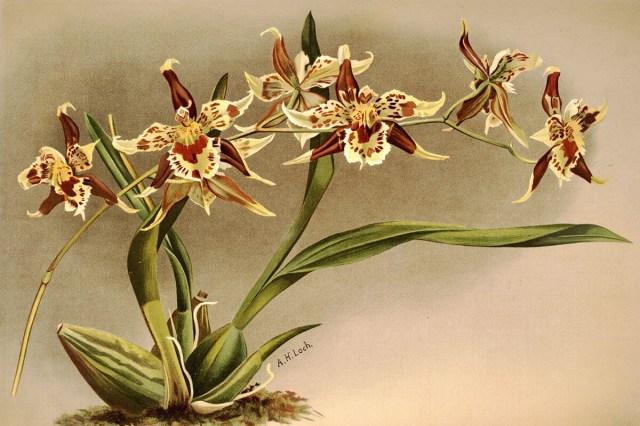
Victorian England Went Wild for Orchids
Modern plant lovers can purchase an orchid whenever they’d like, but a few centuries ago, these flowers were much harder to come by. In Victorian-era England, poeple went wild for the exotic blooms in a craze dubbed “orchidelirium.”
Price tags for orchids reached into the thousands as orchid hunters traveled to remote jungles to track down rare varieties for collectors to enjoy in their private greenhouses. According to the Smithsonian’s orchid specialist Tom Mirenda, orchids were considered “one-of-a-kind, true rarities,” a luxury reserved for royalty and the elite.
Fast-forward to today, and most orchids are now mass-produced using an inexpensive tissue culture technique. Growers clone orchids with ideal shapes, sizes, and colors, making it easy to produce flawless flowers at a fraction of what it cost in the past. As a result, orchids are among the most popular houseplants in the world, with the Moth orchid outselling even the iconic poinsettia.
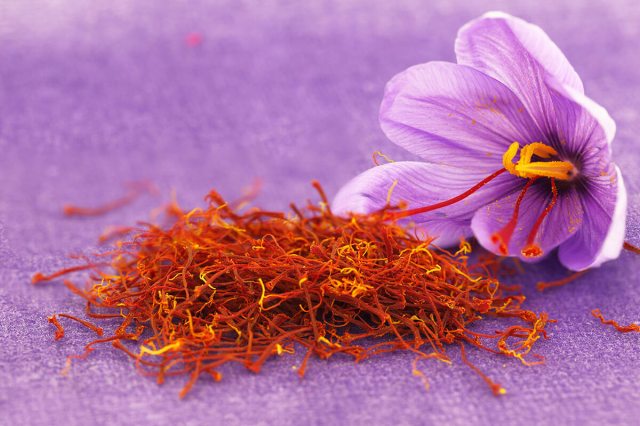
Some Spices Come From Flowers
While most spices come from roots, fruits, seeds, or stems, a few of the most prized seasonings actually come from flowers. This includes saffron, the world’s most expensive spice. Those delicate red threads are actually “stigmas” — the tiny stalks at the center of each bloom. The flower from which saffron originates, Crocus sativus, only produces three threads, which explains this spice’s steep price tag. To produce just 1 ounce of saffron requires a harvest of 1,000 flowers. Because of this, genuine saffron costs at least $10 per gram.
Cloves, one of the most popular and versatile spices, also come from flowers, specifically from the flower buds of the evergreen tree Syzygium aromaticum, native to Indonesia. These buds are harvested by hand after they turn a vibrant red and just before they open into a flower. They consist of a short stem and four unopened petals, which are laid out to dry until they take on their signature dark color and aromatic flavor.
More Interesting Reads
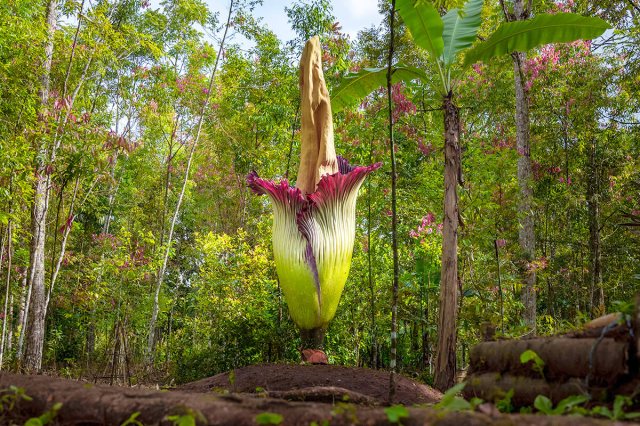
There’s a 12-Foot-Tall Flower — And It’s Really Smelly
The corpse flower isn’t just one of the tallest flowers in the world — it’s also one of the stinkiest. Officially known as Amorphophallus titanum, the aptly named flower emits a pungent odor — often compared to the smell of roadkill or rotting flesh — when it blooms. However, blooming is a rare occurrence that happens for just a few days every two or three years. This powerful odor also serves an important purpose: to attract pollinators. Insects such as flies and carrion beetles can pick up the flower’s stench from miles away, luring them to pollinate the plant.
A blooming corpse flower is quite a sight. While the average healthy corpse flower grows to 8 or 9 feet tall in a greenhouse, in its native Indonesia, it can reach a whopping 12 feet in height due to the optimal growing conditions there. Its massive flower petals are often reddish or purplish in hue, with a gigantic yellow spadix (fleshy spike with clusters of tiny flowers) emerging from the center, lending it its otherworldly appearance and height.
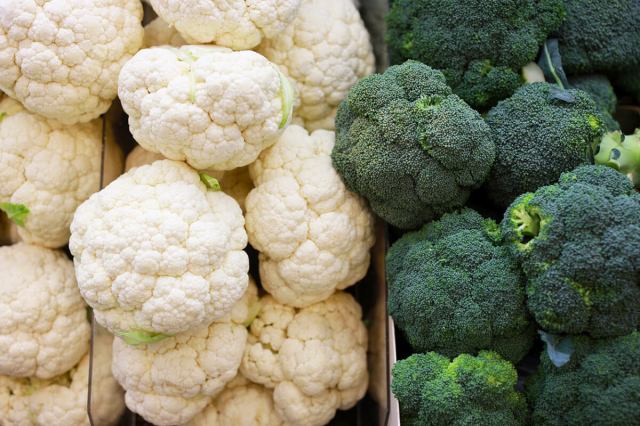
Some of Your Favorite Vegetables Are Actually Flower Buds
We often think of vegetables as the roots, stems, and leaves of their plants — and in many cases, this is true. Carrots and beets are roots, for example, while celery is a stem. However, a few vegetables are in fact flowers. Broccoli and cauliflower florets are actually made up of dozens of tightly packed, tiny flower buds that are harvested before they can bloom. If left to nature, these would bloom into clusters of white or yellow flowers. Similarly, artichokes grow brilliant purple flowers (which look much like thistle) if not harvested before bloom.
Capers, while not technically a vegetable, are a popular seasoning and garnish that also come from flower buds. These are the unopened buds of Capparis spinosa, a prickly bush native to the Mediterranean and Asia. Once harvested, the buds are dried and cured in salt or pickled in brine, giving them their unique, tangy flavor.
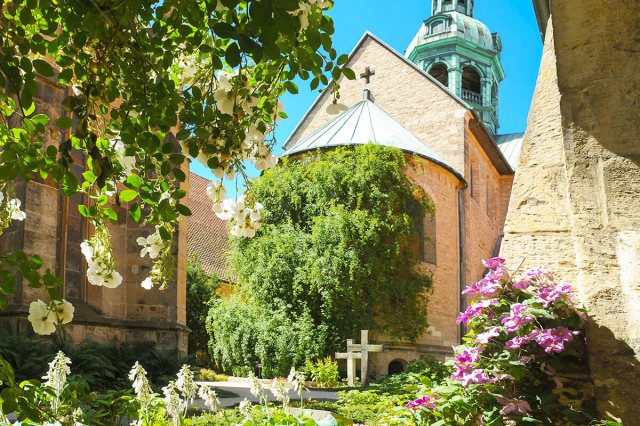
A Thousand-Year-Old Rose Bush Grows in Germany
The Rose of Hildesheim, otherwise known as the Thousand-Year Rose, is believed to be the oldest rose bush in the world. According to legend, it was planted in the early 800s when the first chapel was built on the site, though the chapel has undergone extensive renovations in the hundreds of years since then. While the bush’s exact age has been lost to history, documentation suggests it’s at least 700 years old. The bush, a Rosa canina, or “wild dog rose,” climbs a wall of the eponymous Hildesheim Cathedral in Lower Saxony, Germany, soaring 33 feet high and studded with pale pink blooms.
The bush has survived plenty of hardships, including a devastating World War II bombing in March 1945 that left the church and its surroundings in rubble. The rose bush seemed to have perished during the bombardment, with only a charred stump remaining. However, defying all odds, the bush sent out 25 new shoots later that spring. Within a few years, the resilient bush was again covered in delicate pink roses and it’s continued to bloom annually ever since.

